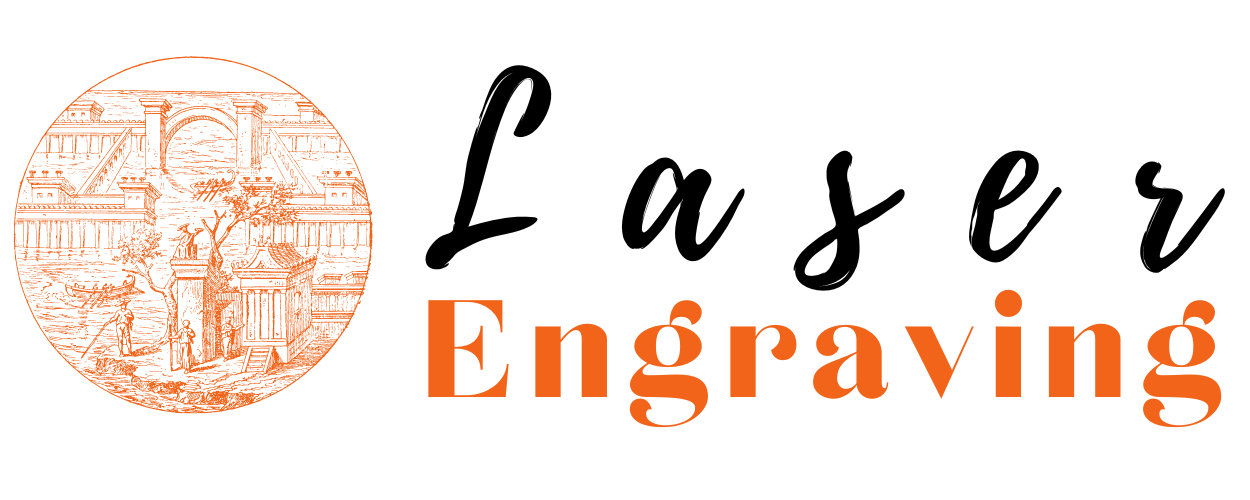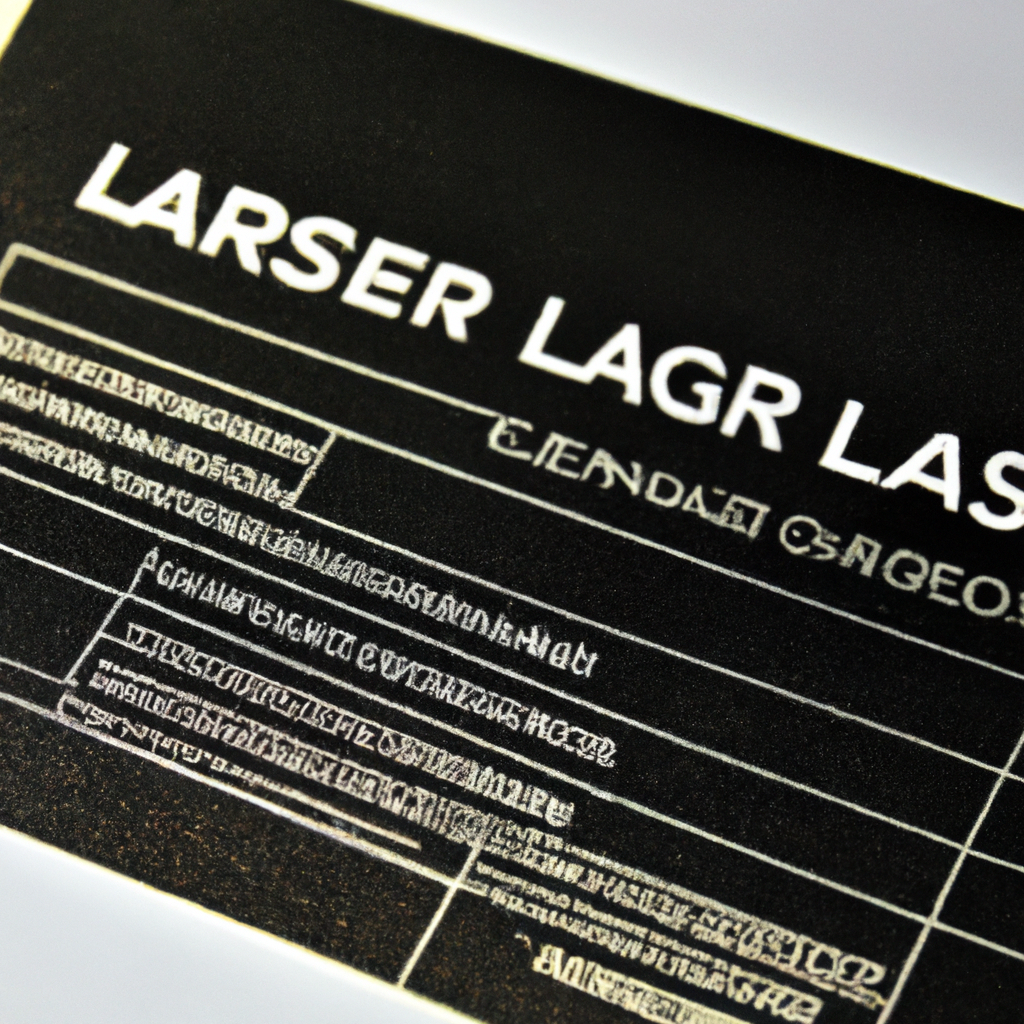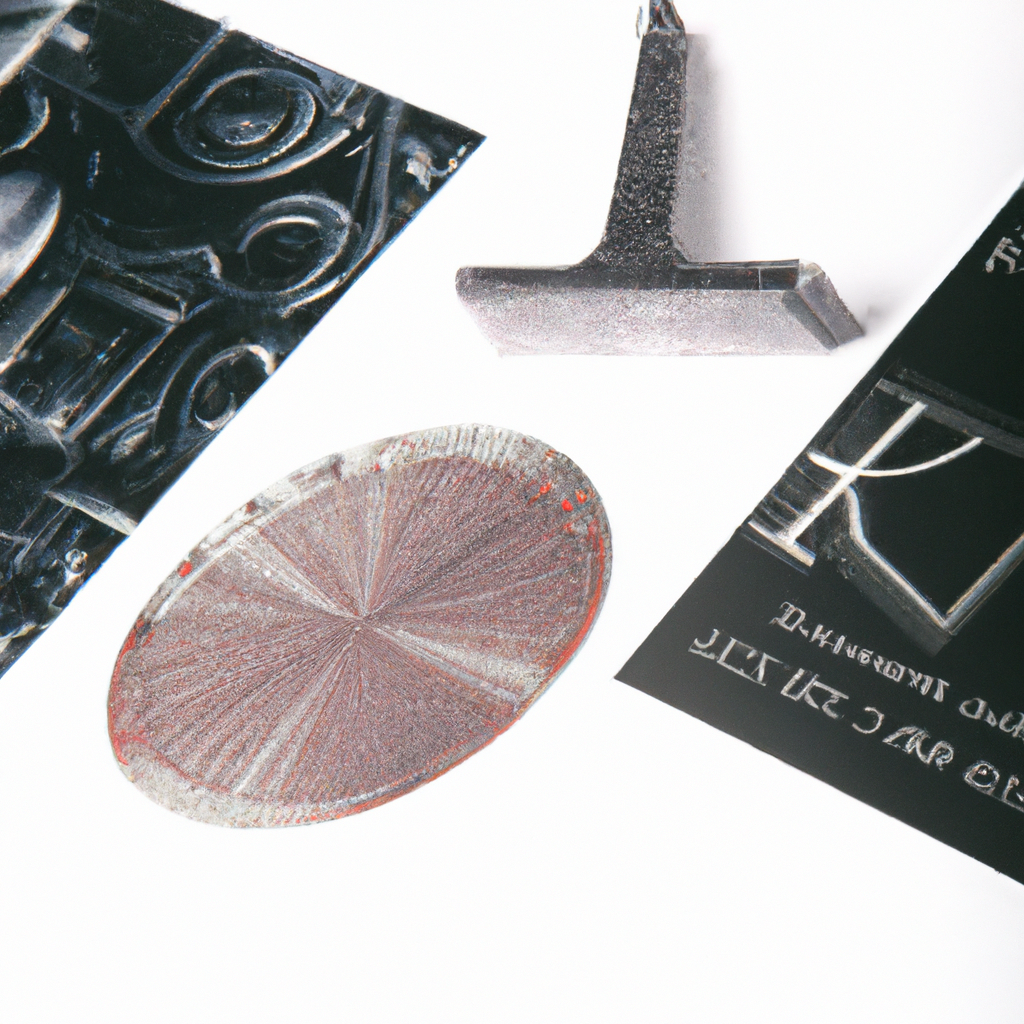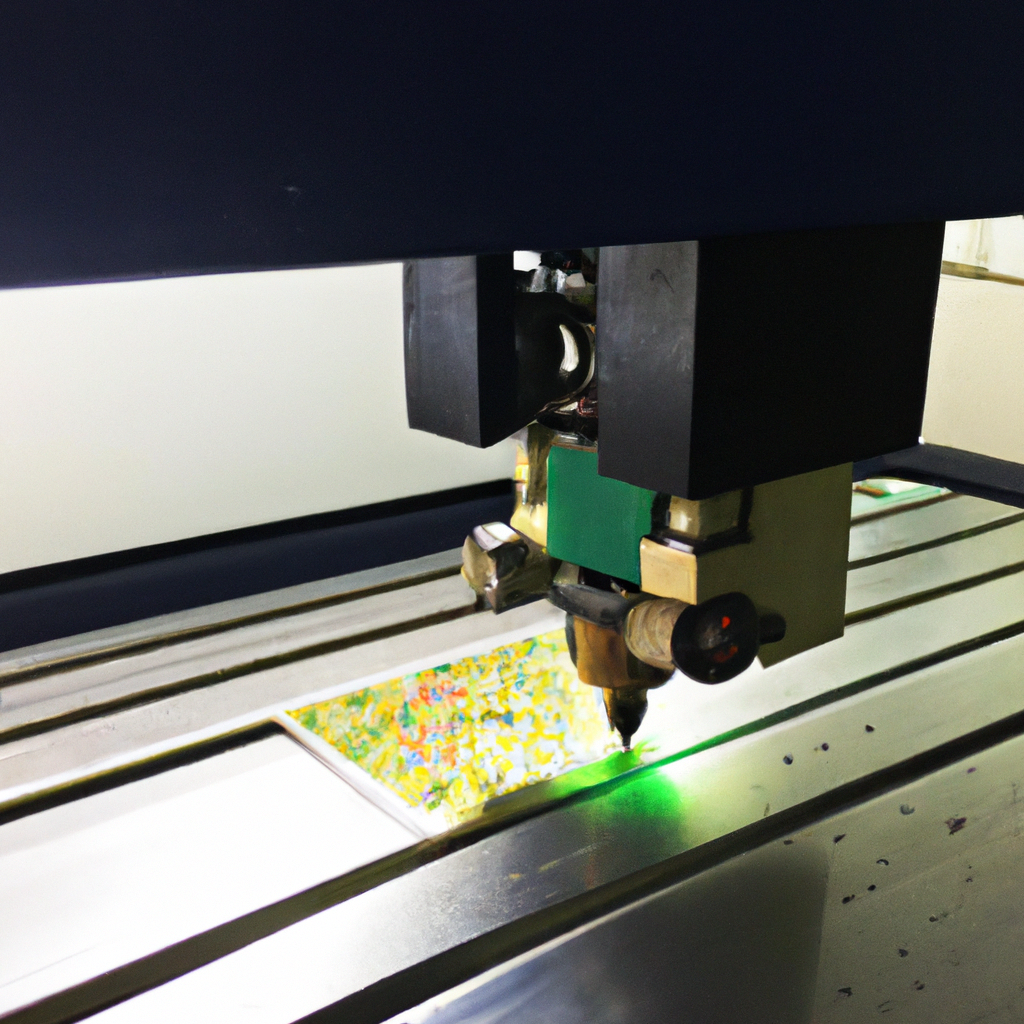Laser Engraving for Identification Tags
Laser engraving is a highly versatile and efficient method of marking and personalizing identification tags. With its precise and permanent results, laser engraving has become the preferred choice for various industries, including manufacturing, aerospace, military, and healthcare. This article will explore the benefits, applications, and considerations of laser engraving for identification tags.
Understanding Laser Engraving
Laser engraving is a process that utilizes a focused laser beam to remove the surface material of an object, creating a permanent mark. The laser’s high intensity and accuracy allow for intricate designs, text, logos, and barcodes to be engraved onto different materials, such as metal, plastic, wood, or glass.
Benefits of Laser Engraving
Laser engraving offers numerous advantages over traditional marking methods, making it an ideal choice for identification tags:
-
Precision: Laser engraving ensures precise results with sharp details and fine lines, even on the smallest of tags. This level of accuracy is essential for clear identification and readability.
-
Durability: The engraved marks are highly durable and resistant to fading, corrosion, and wear. This is vital for identification tags that may be subjected to harsh environmental conditions or frequent handling.
-
Versatility: Laser engraving can be performed on a wide range of materials, including metals like stainless steel, aluminum, titanium, plastic, acrylic, glass, and even organic materials like leather. This versatility allows for customization based on specific requirements.
-
Speed and Efficiency: Laser engraving is a fast and efficient process, allowing for high production volumes in a short amount of time. This is particularly beneficial for industries with large-scale identification tag requirements.
-
Flexibility: Laser engraving machines can accommodate various tag sizes and shapes, making it possible to create customized identification tags tailored to specific needs or branding requirements.
Applications of Laser Engraved Identification Tags
Laser engraving finds extensive applications across various industries due to its versatility and durability. Some common applications include:
1. Industrial and Manufacturing
Identification tags are crucial for tracking parts, components, and equipment throughout the manufacturing process. Laser engraved tags provide clear and permanent identification, ensuring easy traceability, inventory management, and quality control.
2. Aerospace and Defense
In the aerospace and defense sectors, laser engraved identification tags are used on aircraft components, military equipment, and tools. These tags withstand extreme conditions, offering reliable identification for maintenance, safety, and compliance purposes.
3. Medical and Healthcare
Laser engraved identification tags play a vital role in healthcare facilities, where accurate identification is paramount. Medical equipment, instruments, and patient identification tags are engraved with crucial information for efficient tracking, inventory management, and patient safety.
4. Electrical and Electronics
Electrical and electronics industries utilize laser engraved tags for circuit boards, cables, control panels, and electronic devices. These tags provide clear and permanent identification, assisting in troubleshooting, maintenance, and repairs.
5. Security and Access Control
Laser engraved identification tags are widely used for security and access control purposes. Whether it is employee ID badges, access cards, or visitor tags, laser engraving ensures tamper-proof identification, enhancing overall security measures.
Considerations for Laser Engraving
While laser engraving offers numerous benefits, there are some considerations to keep in mind when utilizing this technology for identification tags:
-
Material Compatibility: Not all materials are suitable for laser engraving. Some materials, such as certain plastics or coated metals, may produce subpar results or even damage the laser machine. It is essential to consult with experts or perform material testing before proceeding.
-
Design Complexity: Intricate and detailed designs may require more time and a higher laser power setting, affecting production time and cost. Simplifying the design or using vector-based graphics can help optimize the engraving process.
-
Size and Placement: The size and placement of the identification tags should be carefully considered to ensure readability and practicality. Small tags or tags with cramped text may prove challenging to read, especially when dealing with complex information or codes.
-
Regulatory Compliance: Depending on the industry and application, certain regulations or standards may dictate specific requirements for identification tags. It is crucial to ensure that the laser engraving process complies with all relevant regulations and standards.
Conclusion
Laser engraving provides a reliable and efficient method for creating identification tags with permanent and precise markings. Its versatility, durability, and adaptability make it an ideal choice for various industries, including manufacturing, aerospace, healthcare, and security. By understanding the benefits, applications, and considerations associated with laser engraving, businesses can make informed decisions when implementing identification tag solutions.




